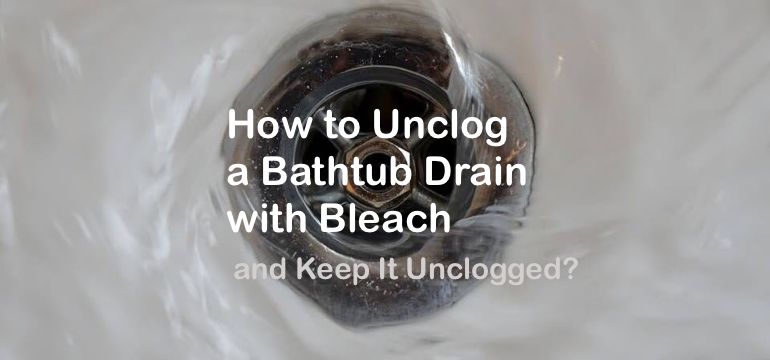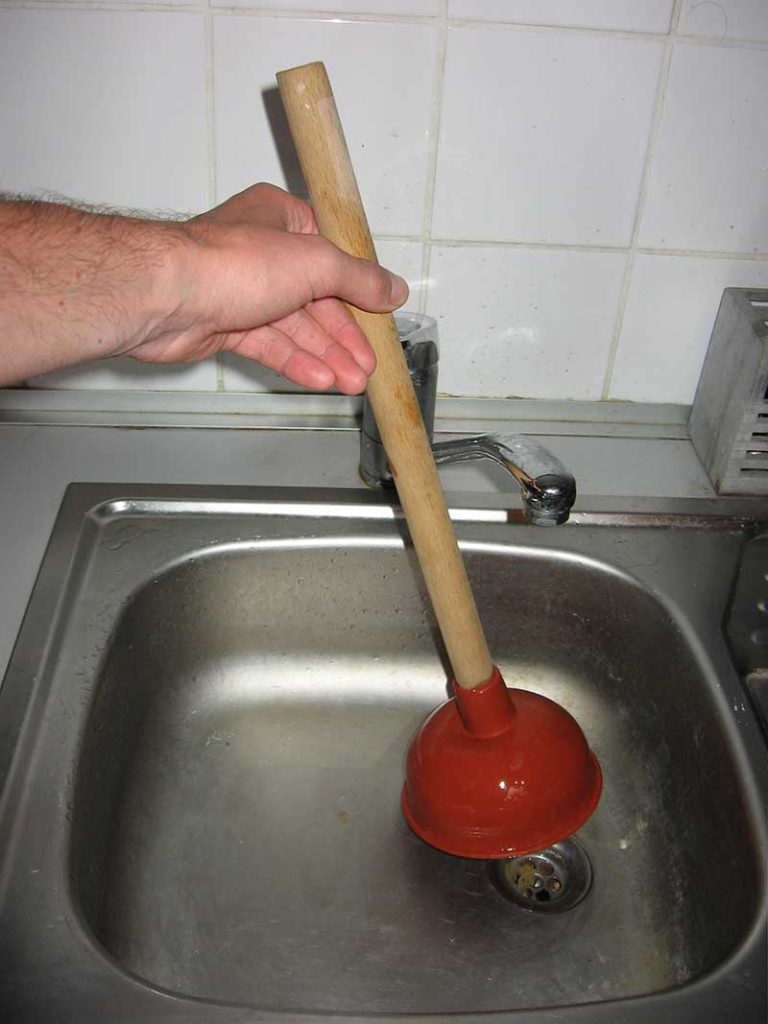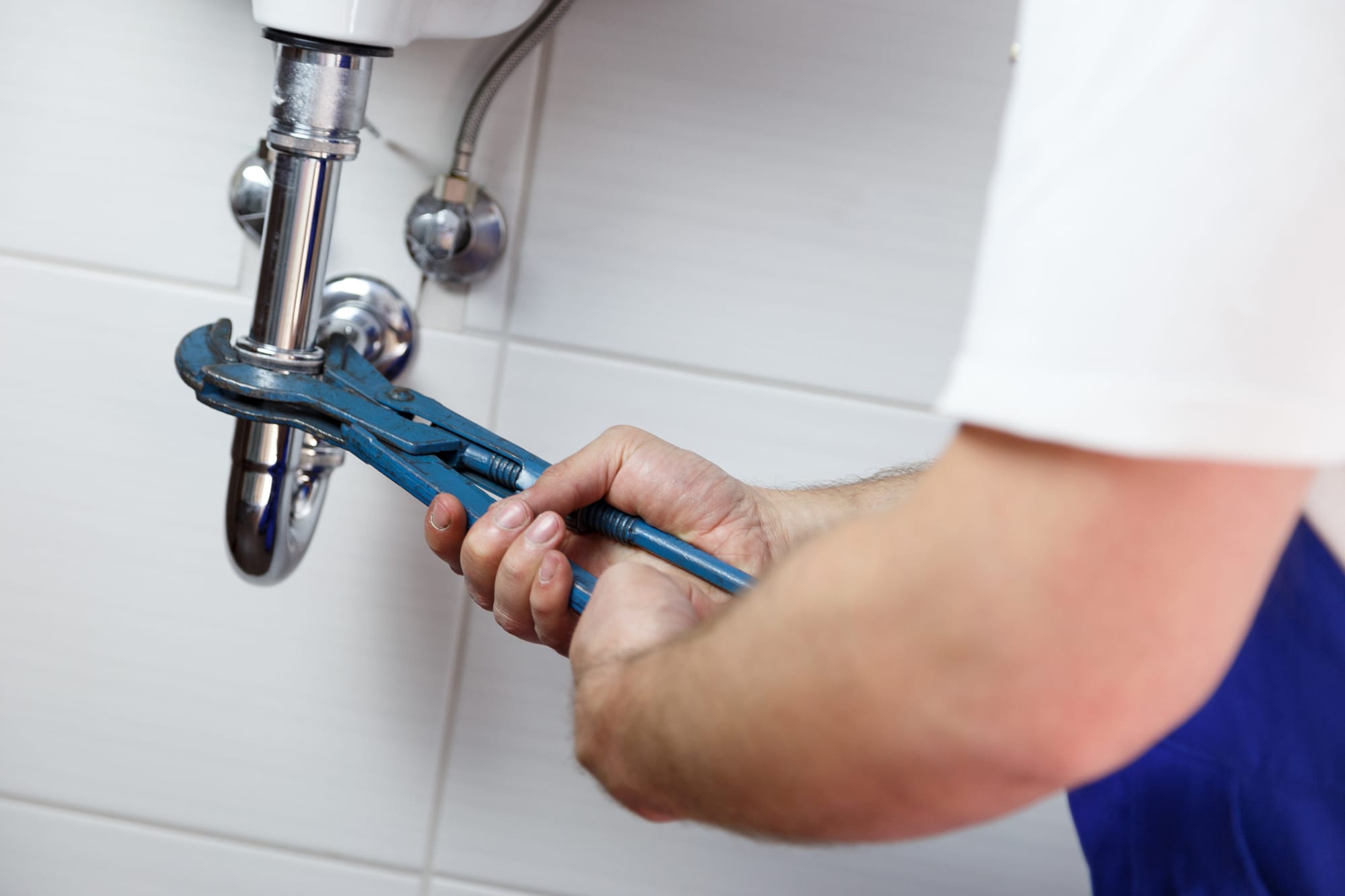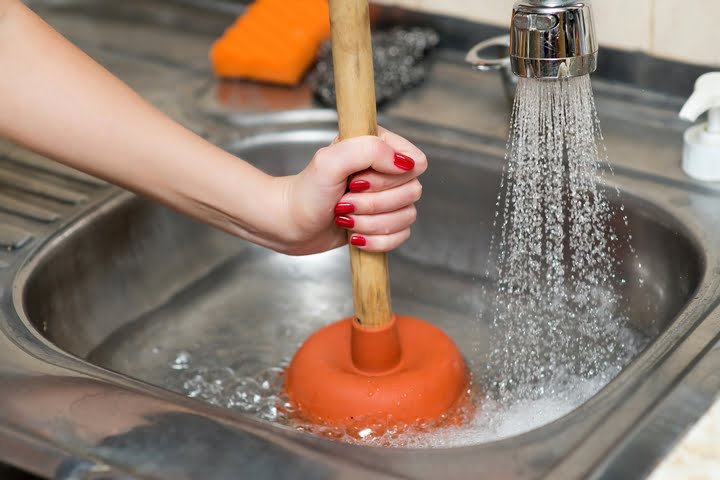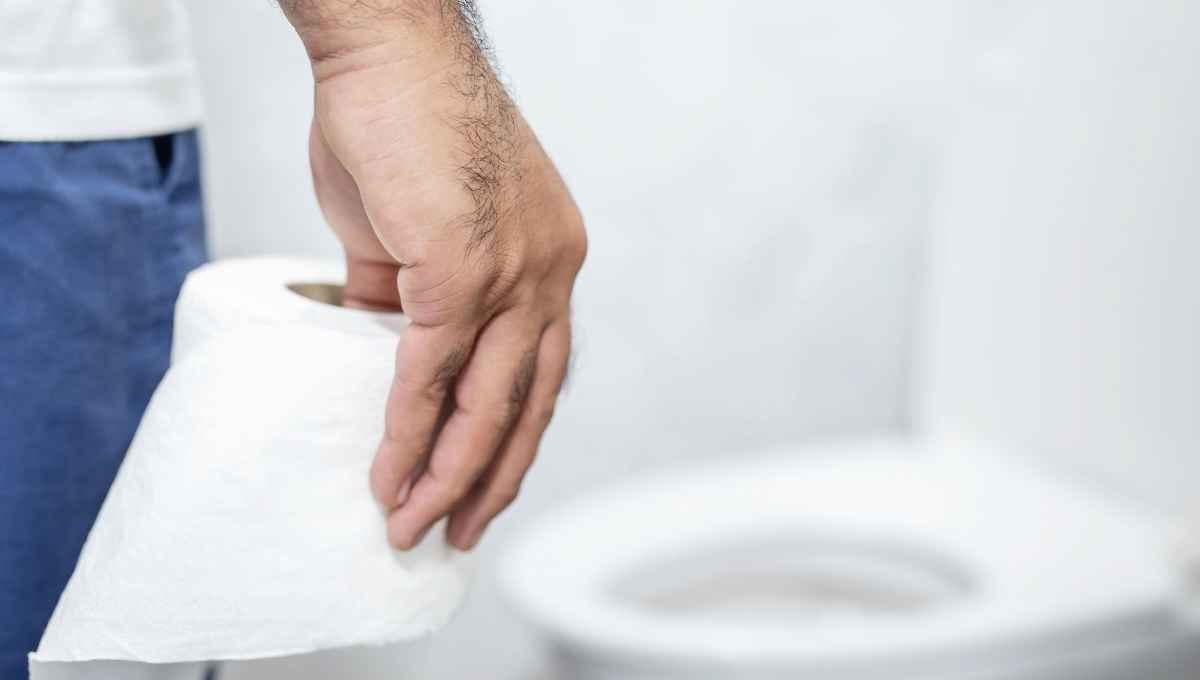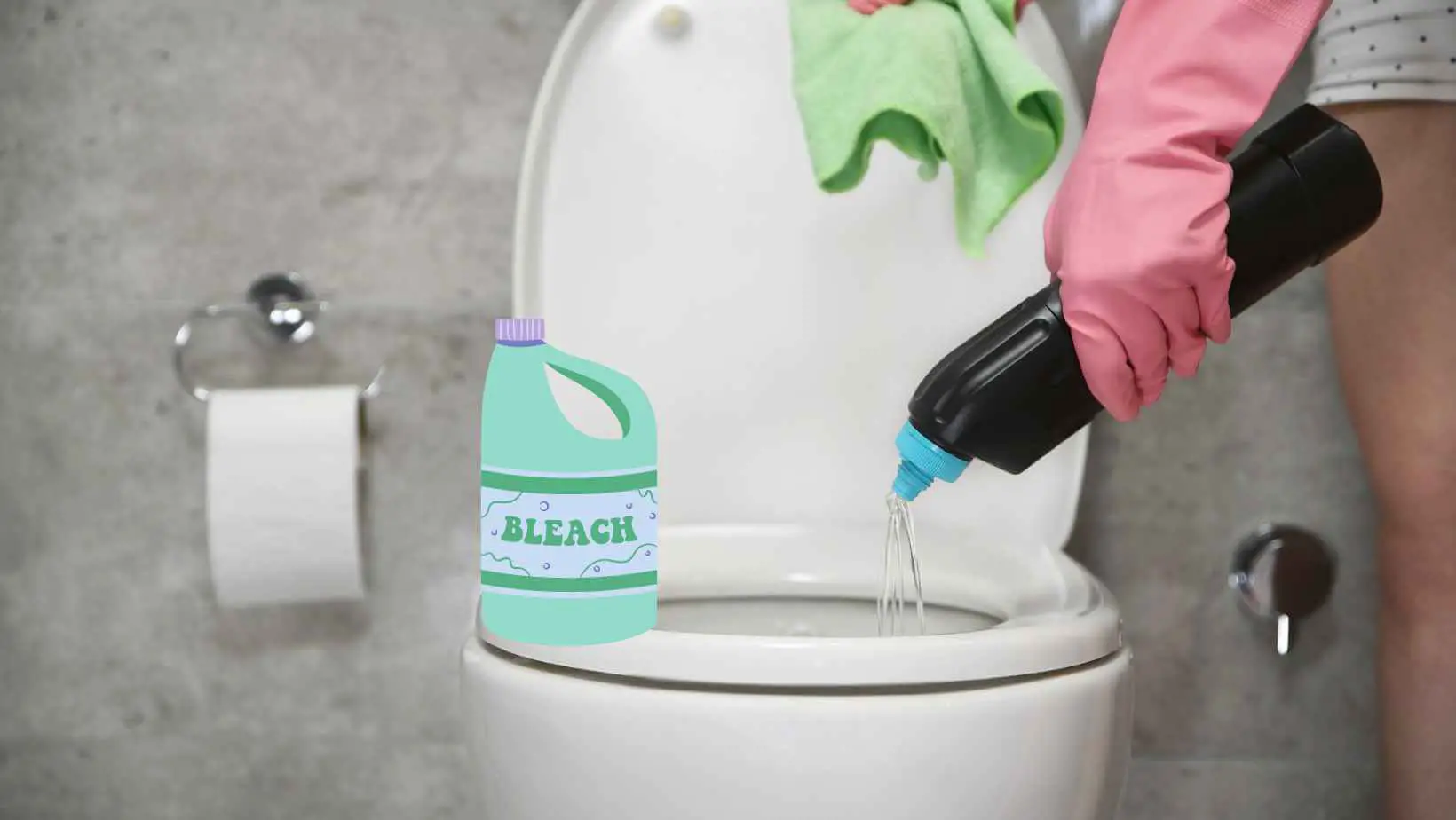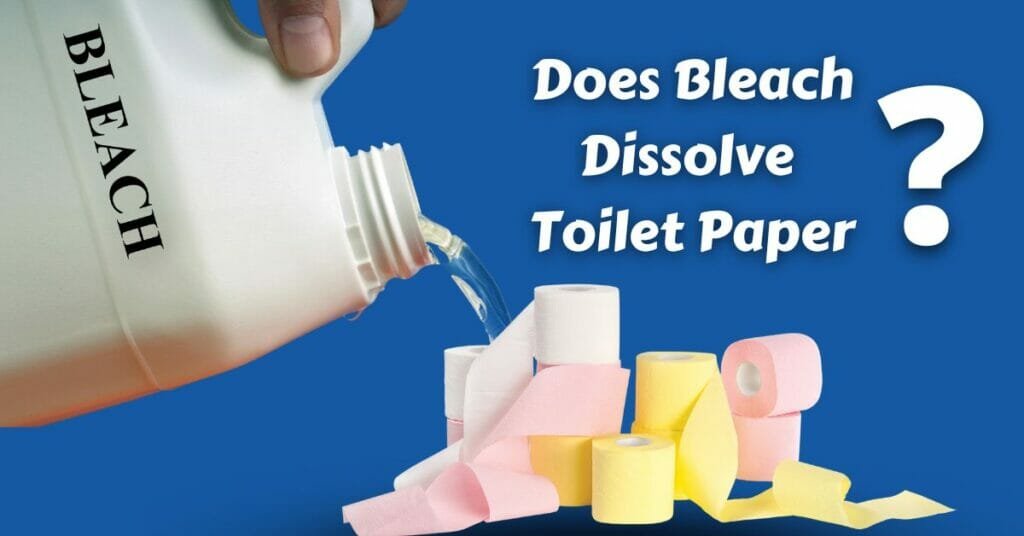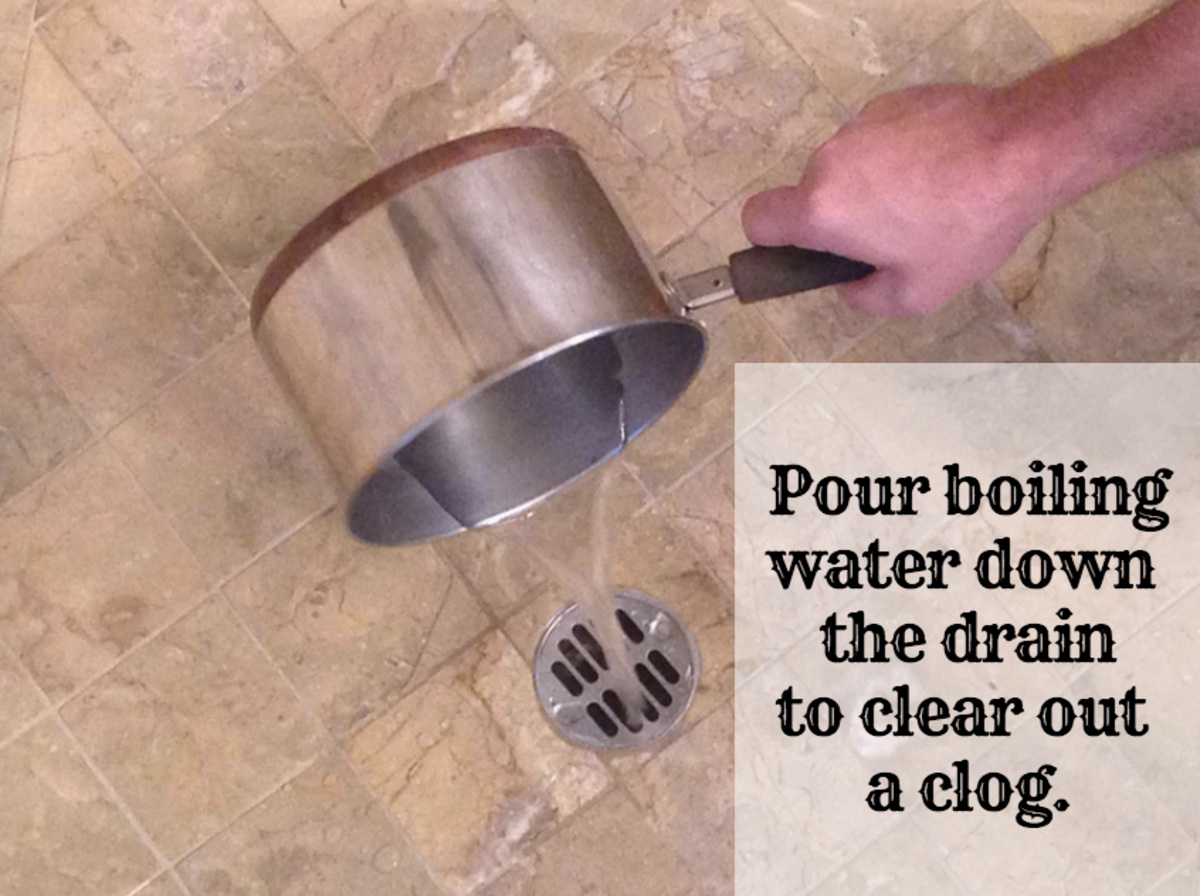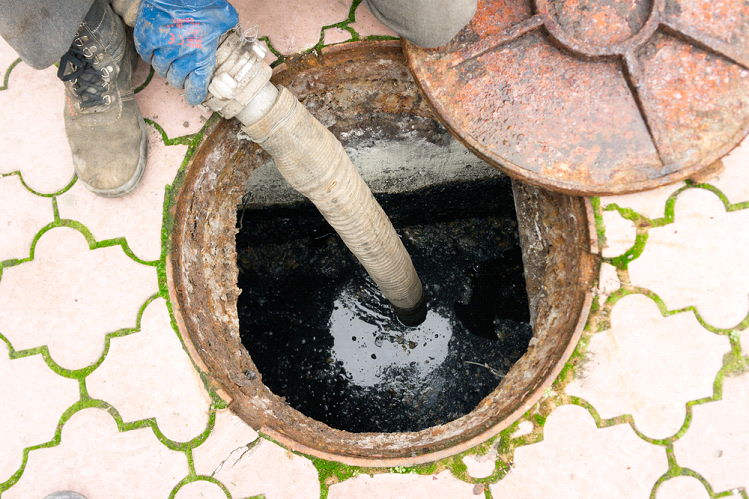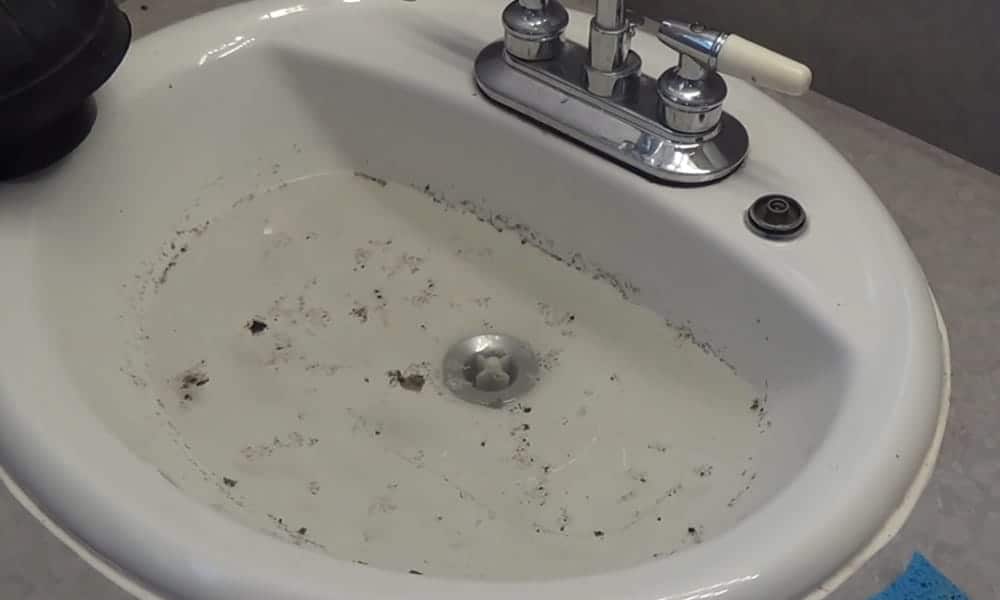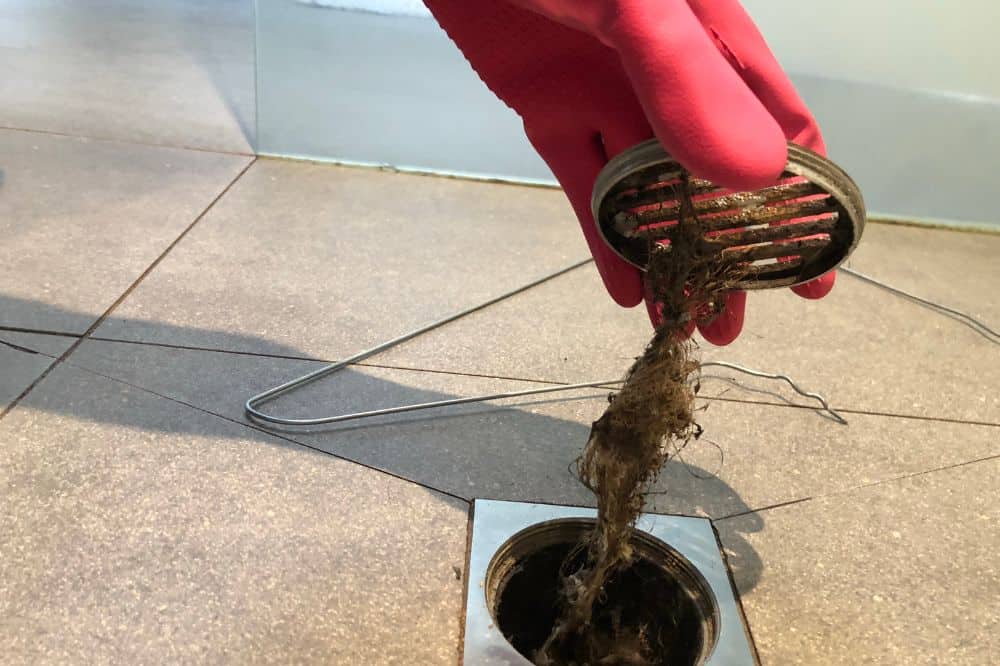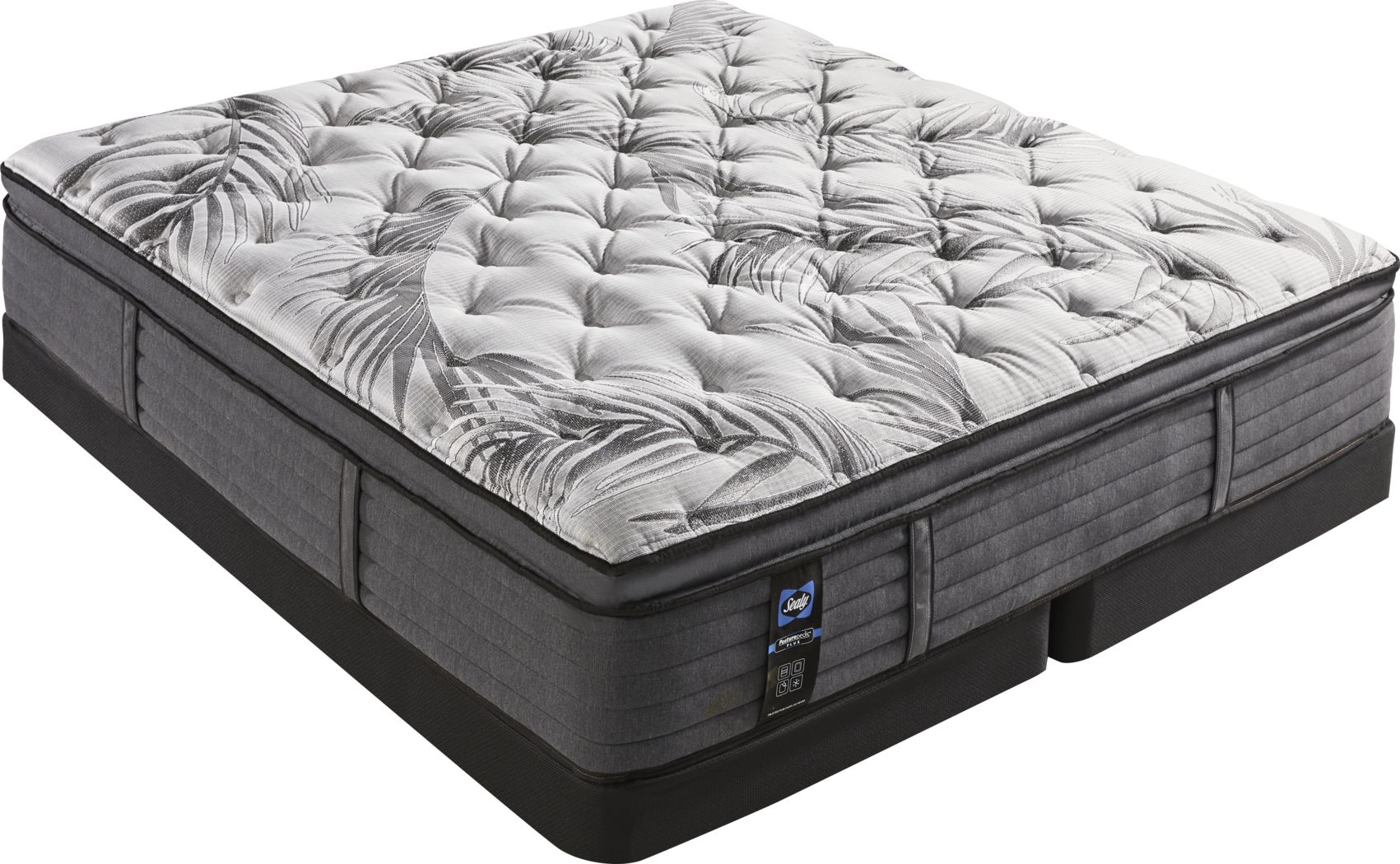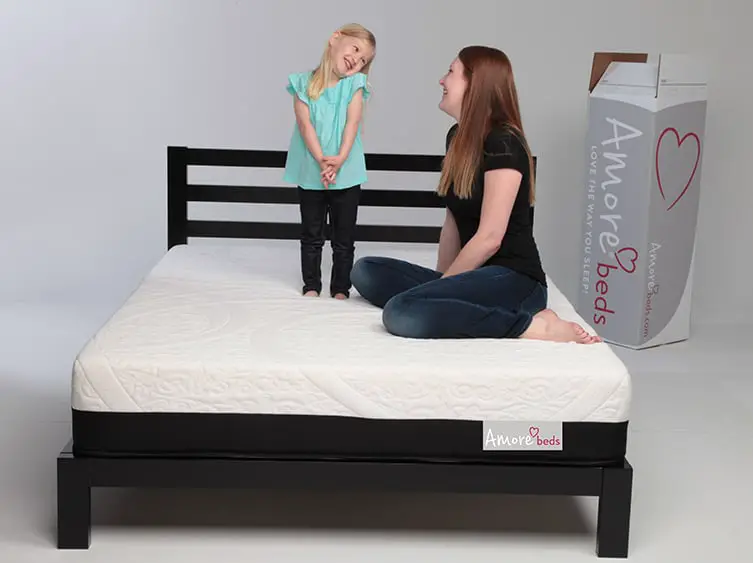When faced with a clogged sink, many of us turn to common household products to try and fix the issue. One such product is bleach, a powerful cleaner and disinfectant that is often used for a variety of tasks around the house. But can bleach really unclog a bathroom sink? Let's take a closer look at how bleach works and whether or not it is an effective solution for unclogging a sink drain. Bleach as a Drain Cleaner: Does It Work?
If you've ever used bleach for cleaning, you know that it has strong chemical properties that can dissolve and break down dirt, grime, and other substances. When it comes to unclogging a sink, bleach can be used in a similar way to dissolve any buildup or blockages that may be causing the clog. However, it's important to note that bleach should only be used in certain situations and with caution. How to Unclog a Sink Drain with Bleach
The answer is yes, you can use bleach to unclog a drain, but it may not always be the most effective solution. Bleach can be useful for clearing minor clogs caused by soap scum, hair, or other organic materials. However, it may not be strong enough to clear more stubborn clogs caused by grease, oil, or mineral buildup. Can You Use Bleach to Unclog a Drain?
If you decide to use bleach to unclog your bathroom sink, here are the steps you can follow: Step 1: Protect yourself and your surroundings. Bleach can be harmful if it comes into contact with your skin or eyes, so be sure to wear protective gloves and eyewear while working with it. Also, be mindful of any nearby surfaces that may be damaged by bleach. Step 2: Prepare the bleach solution. Mix equal parts of bleach and water in a bucket or container. You can also add a small amount of baking soda to the solution for an added cleaning boost. Step 3: Pour the solution down the drain. Slowly pour the bleach solution down the clogged drain. Let it sit for about 15-20 minutes to allow the bleach to work its magic. Step 4: Flush with hot water. After the 15-20 minutes have passed, run hot water down the drain to flush out the bleach and any dissolved buildup or debris. If the clog is still present, you may need to repeat the process or try a different method. How to Unclog a Bathroom Sink with Bleach
As mentioned earlier, bleach may not be effective for all types of clogs. If your sink is clogged due to a buildup of grease or oil, bleach may not be strong enough to break it down. In these cases, it's best to avoid using bleach and try a more powerful drain cleaner or call a professional plumber. Using Bleach to Clear a Clogged Sink
Hair is a common culprit for clogged drains, whether it's from shaving, washing your hair, or just general hair shedding. So, does bleach dissolve hair? The answer is yes and no. Bleach can dissolve hair, but only if it is in contact with it for a prolonged period. This is why it may not be effective for clearing hair clogs in sinks, as the bleach may not have enough time to break down the hair before being washed away by the water. Does Bleach Dissolve Hair?
If you're dealing with a clog in a larger drain, such as a shower or bathtub drain, here's a method you can try using bleach: Step 1: Prepare the bleach solution. Mix one cup of bleach with three cups of water in a bucket or container. Step 2: Remove the drain cover. If possible, remove the drain cover to access the clog more easily. Step 3: Pour the solution down the drain. Slowly pour the bleach solution down the drain and let it sit for about 30 minutes. Step 4: Flush with hot water. After 30 minutes, run hot water down the drain to flush out the bleach and any dissolved buildup or debris. If the clog is still present, you may need to repeat the process or try a different method. How to Use Bleach to Clear a Clogged Drain
While bleach can be a useful tool for unclogging sinks, it's not always the best solution. For more stubborn clogs or clogs caused by non-organic materials, it's best to use a stronger drain cleaner or consult a professional plumber. To prevent clogged drains in the first place, be sure to regularly clean your sink and use a drain cover to catch any hair or debris. The Best Way to Unclog a Bathroom Sink
As mentioned earlier, adding baking soda to a bleach solution can boost its cleaning power. You can try this method by following the steps below: Step 1: Mix the solution. In a bowl, mix together 1/2 cup of baking soda and 1/2 cup of bleach until a paste forms. Step 2: Apply the paste to the clog. Use a spoon or your hand to apply the paste directly to the clogged area of the sink. Step 3: Let it sit. Allow the paste to sit for about 15-20 minutes to let it work its magic. Step 4: Flush with hot water. After the 15-20 minutes have passed, run hot water down the drain to flush out the paste and any dissolved buildup or debris. How to Unclog a Sink with Bleach and Baking Soda
Yes, you can use bleach to unclog a shower drain using the method mentioned earlier. However, if the clog is caused by hair or other organic materials, it may not be as effective as using a drain cleaner specifically designed for shower drains. It's important to note that bleach should not be used in a shower with a septic system, as it can harm the beneficial bacteria needed for proper functioning. Can You Use Bleach to Unclog a Shower Drain?
The Power of Bleach: How to Unclog a Bathroom Sink
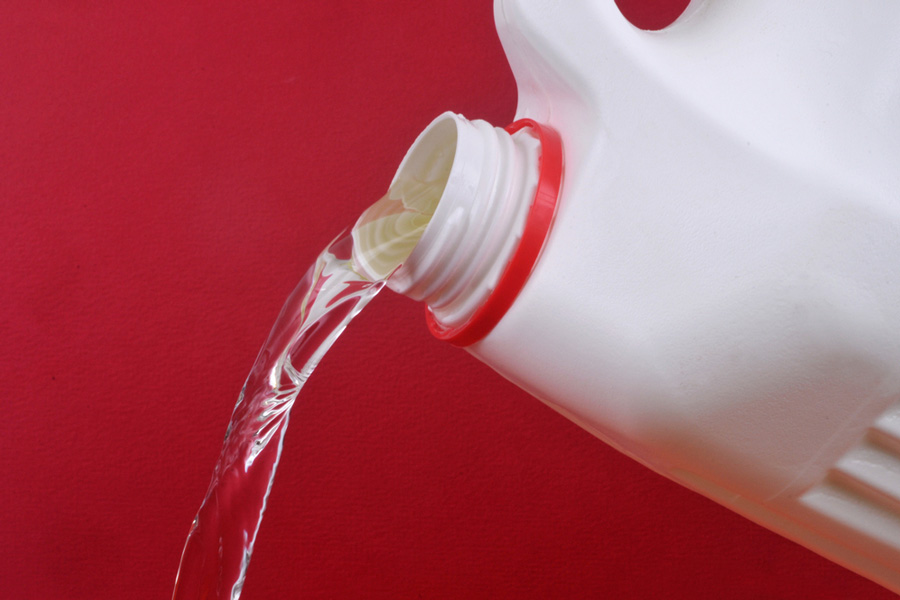
Common Causes of Clogged Bathroom Sinks
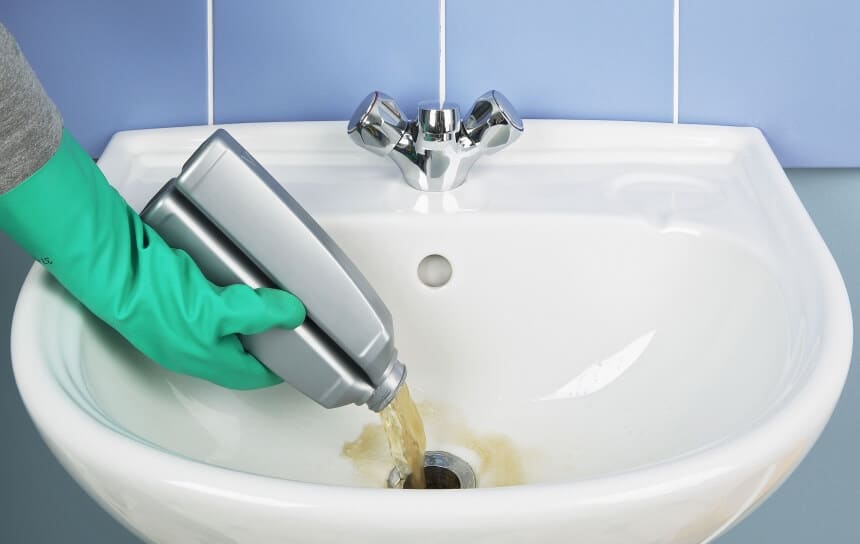 A clogged bathroom sink is a common issue that many homeowners face. It can be caused by a variety of factors, such as hair, soap scum, toothpaste, and other debris that get stuck in the drain. Over time, this build-up can accumulate and cause a blockage, preventing water from draining properly.
A clogged bathroom sink is a common issue that many homeowners face. It can be caused by a variety of factors, such as hair, soap scum, toothpaste, and other debris that get stuck in the drain. Over time, this build-up can accumulate and cause a blockage, preventing water from draining properly.
Why Bleach is a Good Option
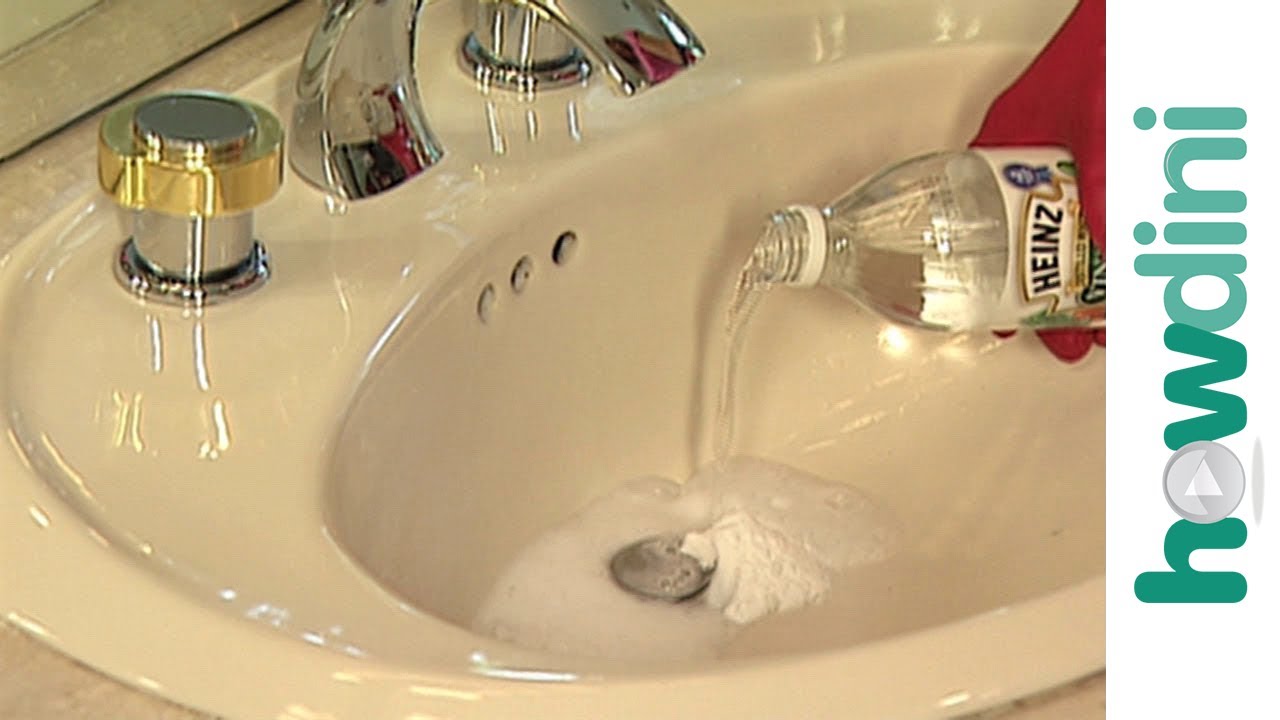 When dealing with a clogged bathroom sink, many people immediately turn to harsh chemicals or call a plumber. However, there is a simple and cost-effective solution that you may already have in your household –
bleach
. Bleach is a powerful cleaning agent that can effectively break down and dissolve the build-up in your sink drain.
When dealing with a clogged bathroom sink, many people immediately turn to harsh chemicals or call a plumber. However, there is a simple and cost-effective solution that you may already have in your household –
bleach
. Bleach is a powerful cleaning agent that can effectively break down and dissolve the build-up in your sink drain.
The Correct Way to Use Bleach
 Before attempting to use bleach to unclog your bathroom sink, it is crucial to take proper safety precautions.
Always wear protective gloves and goggles
to avoid any potential skin or eye irritation. Additionally, make sure to
ventilate the room
by opening windows or using a fan to avoid inhaling any fumes.
To use bleach, start by pouring
half a cup of bleach
directly into the clogged drain. Let it sit for about
15 minutes
to allow the bleach to work its magic. Then,
run hot water
down the drain for a few minutes to flush out the dissolved debris. If the clog is still present, you can repeat the process or try using a plunger to dislodge any remaining blockage.
Before attempting to use bleach to unclog your bathroom sink, it is crucial to take proper safety precautions.
Always wear protective gloves and goggles
to avoid any potential skin or eye irritation. Additionally, make sure to
ventilate the room
by opening windows or using a fan to avoid inhaling any fumes.
To use bleach, start by pouring
half a cup of bleach
directly into the clogged drain. Let it sit for about
15 minutes
to allow the bleach to work its magic. Then,
run hot water
down the drain for a few minutes to flush out the dissolved debris. If the clog is still present, you can repeat the process or try using a plunger to dislodge any remaining blockage.
Preventive Measures
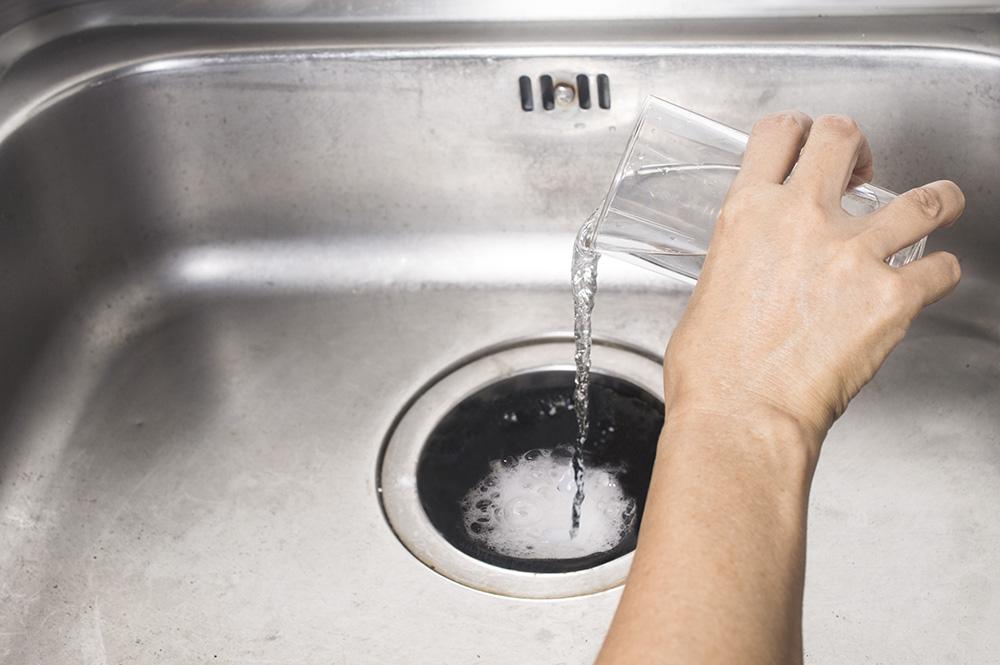 To prevent future clogs in your bathroom sink, it is essential to
regularly clean and maintain your drain
. You can use a mixture of baking soda and vinegar to create a natural cleaning solution that will help keep your drain clear. Additionally,
installing a drain cover
can help catch hair and other debris before they make their way into the drain.
To prevent future clogs in your bathroom sink, it is essential to
regularly clean and maintain your drain
. You can use a mixture of baking soda and vinegar to create a natural cleaning solution that will help keep your drain clear. Additionally,
installing a drain cover
can help catch hair and other debris before they make their way into the drain.
Conclusion
 In conclusion,
bleach
can be a highly effective and affordable solution to unclog a bathroom sink. However, it is essential to use it safely and take preventive measures to avoid future clogs. With these tips, you can easily keep your bathroom sink drain clear and functioning properly. Say goodbye to clogged drains and hello to a clean and functional bathroom sink.
In conclusion,
bleach
can be a highly effective and affordable solution to unclog a bathroom sink. However, it is essential to use it safely and take preventive measures to avoid future clogs. With these tips, you can easily keep your bathroom sink drain clear and functioning properly. Say goodbye to clogged drains and hello to a clean and functional bathroom sink.




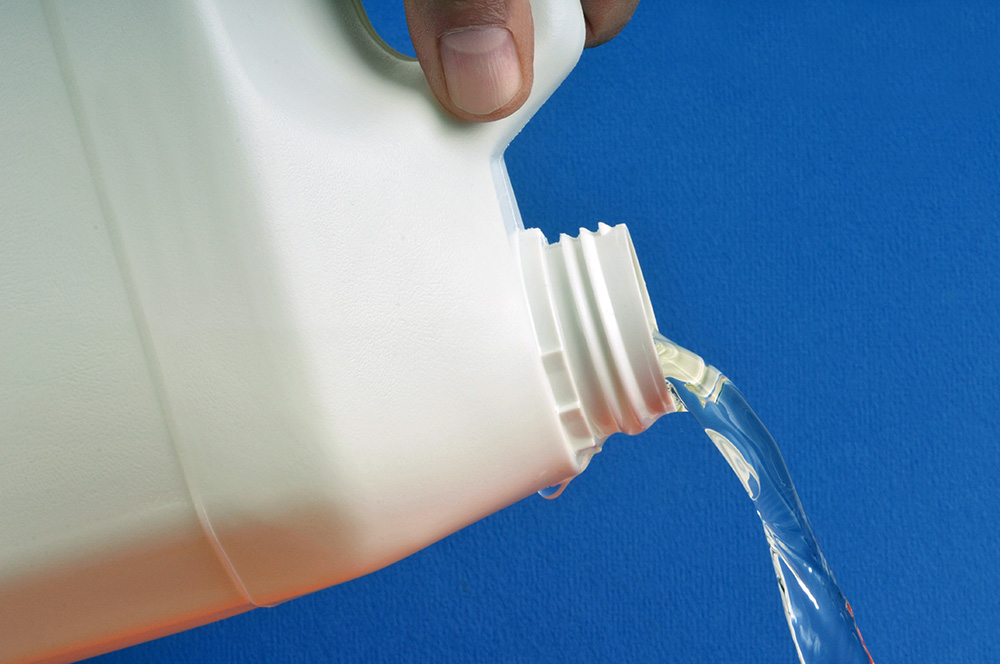

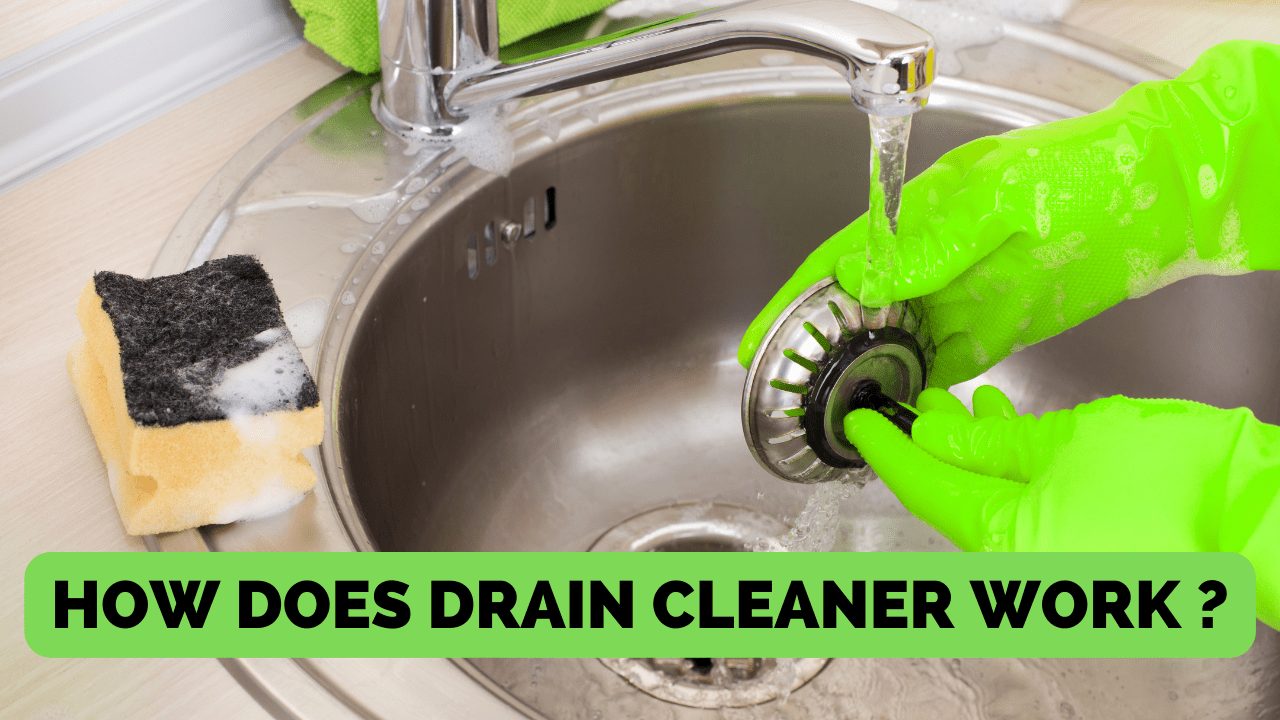



.jpg)






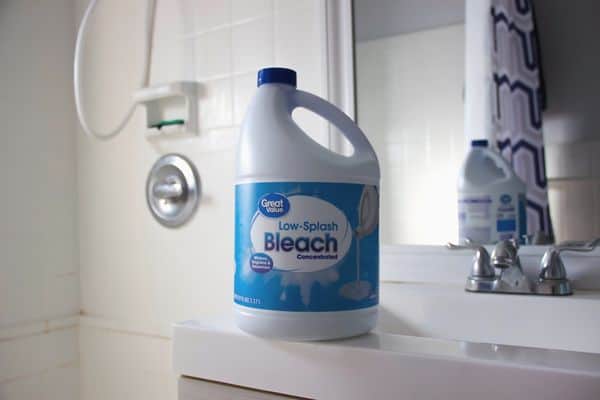


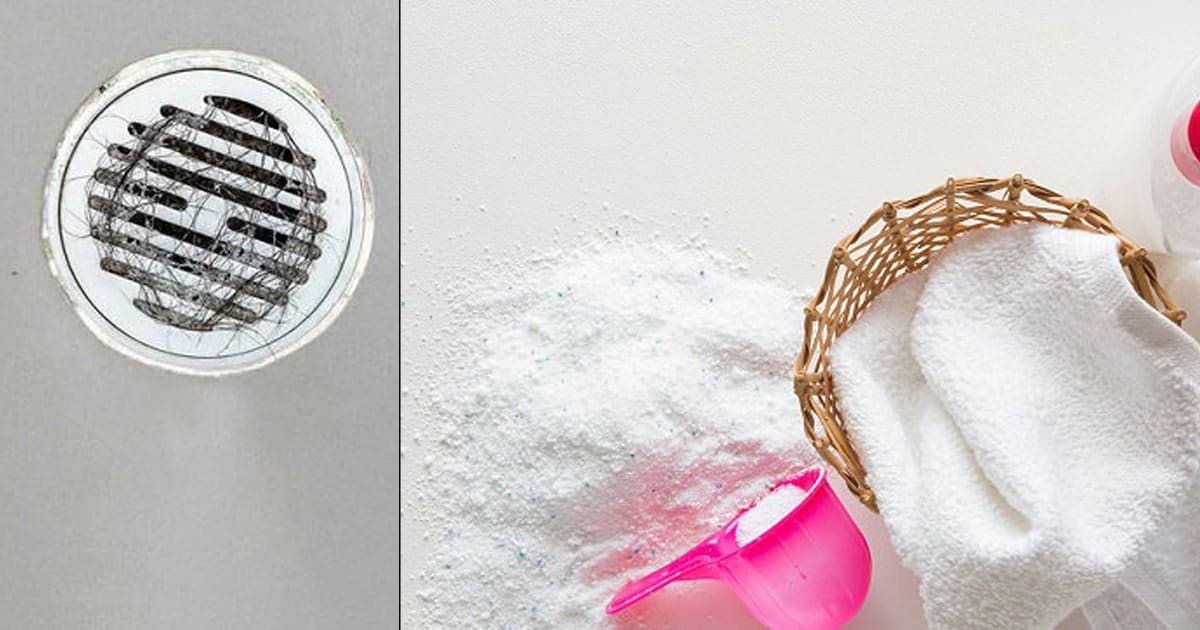


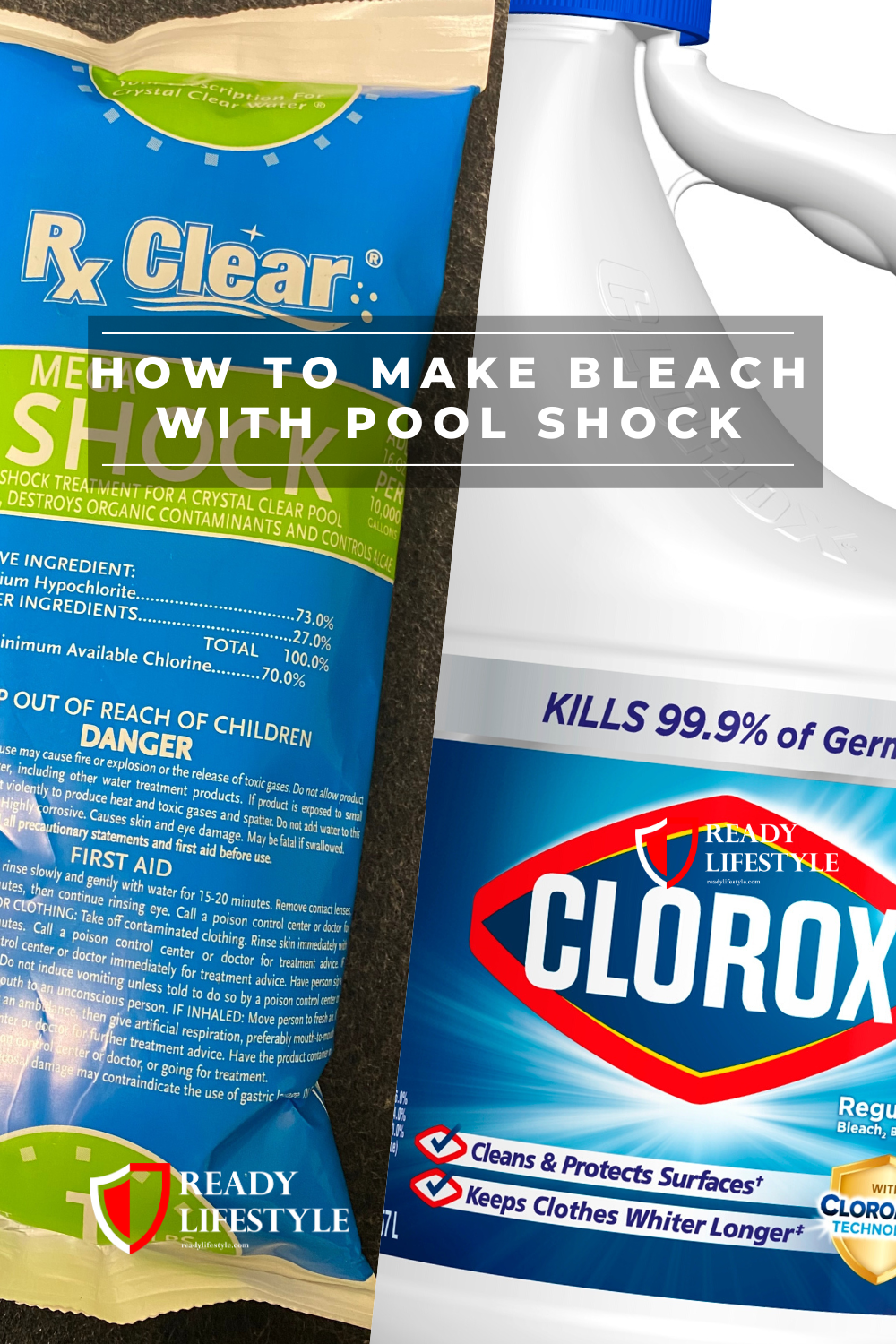
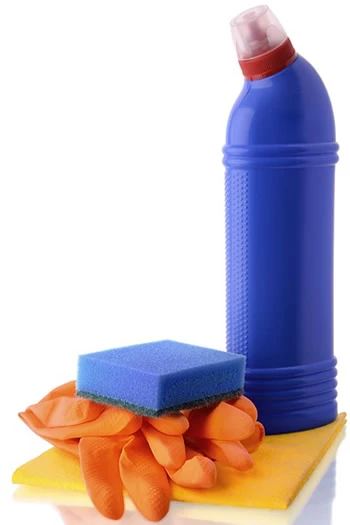
:max_bytes(150000):strip_icc()/freshen-and-unclog-drain-with-baking-soda-1900466-22-bbf940b70afa4d5abef0c54da23b1d3f.jpg)

:max_bytes(150000):strip_icc()/freshen-and-unclog-drain-with-baking-soda-1900466-18-1a5b5da01939471ca8f8823865bd1ce8.jpg)


